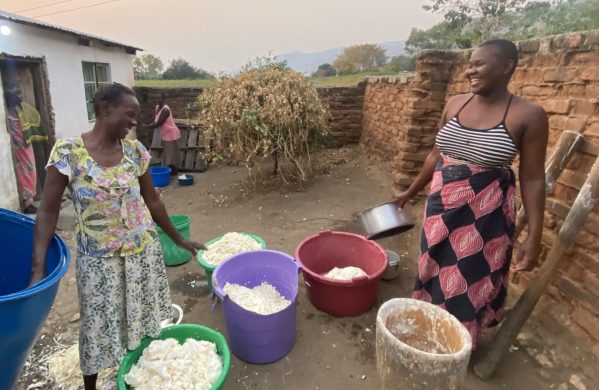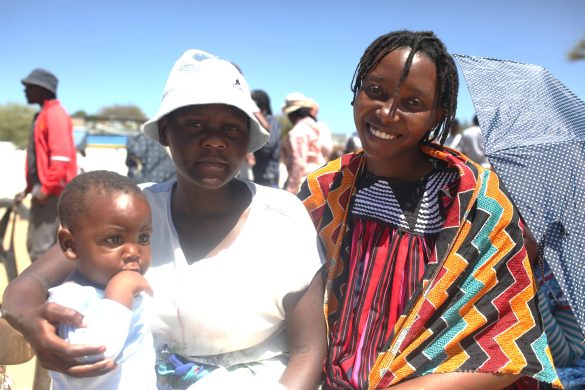Scientists from the University of Stellenbosch in South Africa have teamed up with Danish biotechnology firm Aresa to test a genetically engineered tobacco plant that turns red when it grows near land mines, offering hope of a cheap way to help clear fields in post-conflict zones, writes South African daily “Business Day” Tuesday.
More than 80 countries are affected by land mines. Angola, Afghanistan, Burundi, Bosnia- Herzegovina, Cambodia, Chechnya, Colombia, Iraq, Nepal and Sri Lanka are worst affected.
Land mines are cleared by explosives experts who put a stick in the ground to locate them, or they use remote devices or sniffer dogs, which are all costly and dangerous processes that typically involve a random check of just a fraction of the area.
If the genetically engineered tobacco plants prove successful, they would offer a simple way to assess an entire field.
Aresa has already developed its “RedDetect” technology in a weed called Thales cress, which turns from green to autumnal red when it detects nitrogen dioxide leaching from mines buried in the soil.
However, scientists realised the Thales cress would not be practical because it was too small to be spotted easily from a distance, said Stellenbosch researcher Estelle Kempen.
Aresa has now turned its sights on tobacco, which grows easily in most parts of the world. Field trials are already under way in Serbia, and researchers from Stellenbosch have applied to the registrar of the Genetically Modified Organisms Act for permission to conduct similar research.
Scientists want to assess how the genetically engineered tobacco responds to drought and extreme temperatures, Kempen said.
The trials, if approved, would be conducted at an experimental farm on the outskirts of Stellenbosch. The plants would be analysed and destroyed before they began flowering to minimise the risk of environmental contamination, she said.
The plant would be used solely for humanitarian purposes, and there were no plans to seek a commercial permit.
Tobacco plants usually only produce red plant pigments in their flowers, which arises from a natural compound called anthocyanin, which is found in fruit such as apples and tomatoes.
The technology developed by Aresa activates anthocyanin in the tobacco plants leaves if there is soil contamination from explosives such as land mines.















